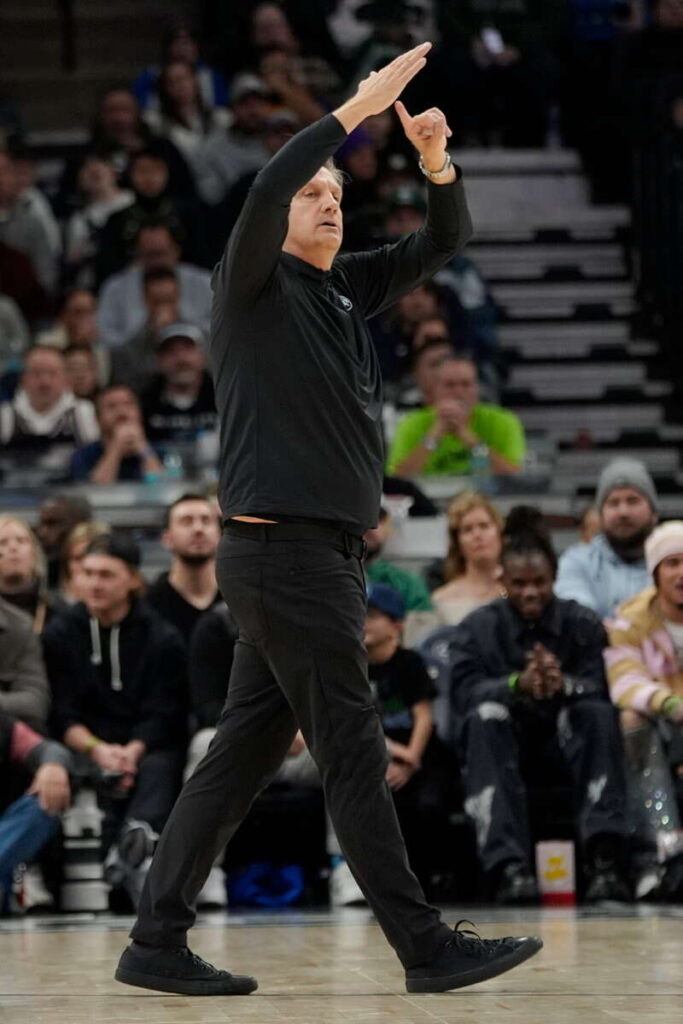Basketball isn’t yet the second most popular team sport in the Old Continent, but maybe it’s heading there • The American organization’s entry is expected to elevate the game economically and marketing-wise, but first we need to understand how to play it • Then, we can only hope Israeli teams will be part of the new enterprise
Adam Silver, the NBA Commissioner, used the Cup Final press conference to hint at the league’s plans to expand to Europe, with what appears to be an NBA-sponsored league in Europe. Will it be in cooperation with EuroLeague? I don’t think it’s likely. Silver would want to determine where the teams will be. Rumors suggest the league has already spoken with Fenerbahce, Real Madrid, and Panathinaikos.

This is good news that shows the profile they’re interested in: not creating artificial clubs in places like London, but building upon existing traditions. We should hope Tel Aviv or Jerusalem, and also Belgrade and Kaunas, are in such plans, despite objective problems.

The move makes sense and is necessary. The NBA’s enormous funds are bringing basketball to a rather problematic point. Should we continue to enrich more and more players at the top of the pyramid? Stephen Curry’s value and salary aren’t the problem. During his career, the Golden State Warriors’ value grew from less than a billion to $9 billion.
The question is whether, for example, Deni Avdija, with all due respect and love, should earn like 15 good EuroLeague players? It’s important to emphasize this isn’t a moral question. Neither NBA players nor EuroLeague players are unfortunate, and both should earn less than hospital nurses. The point is there’s an anomaly here. Basketball is a much richer sport than any non-American sport except football, but you really can’t call it Europe’s second team sport.
What’s the second sport? It’s a tiresome debate, but practically it depends on the region of Europe. The answer is sometimes basketball, but sometimes ice hockey, sometimes handball, and sometimes rugby union. Personally, I love all four of these sports, but from the NBA’s perspective, they’ll think: if we have so much more money than the others – why is this the situation?
This is the situation because European basketball is neglected and managed by a ridiculous organization called FIBA. There’s no defined structure for European competitions, so in other sports you get more or less the highest level in the world, or something quite close to it, while in basketball you get something far from it. The problem isn’t with the players: the improvement of European players is enormous, and anyway many Americans play in Europe. So the NBA needs to bring its standards to Europe.
The gaps between NBA rules and FIBA rules were created in years when the NBA already had stars like Bill Russell and Wilt Chamberlain, while in Europe you could still compete with Jewish guys who immigrated to Israel and lived in kibbutz. Today everyone is professional with excellent physical fitness, except for Joel Embiid.
We don’t need to create complete identity, but we need to bring NBA rules to these matters: First, the court: its width, three-point distance, and paint size. Second, game length should be 48 minutes with 6 fouls per player. In the Olympic games, by the way, we saw an unexpected phenomenon: Europeans’ physical fitness was no less good, perhaps because they play with fewer timeouts or because they play slightly fewer games per year. Third, defense rules and touching the ball on the rim.
As mentioned, not everything needs to be brought to Europe. The amount of NBA timeouts would really increase the popularity of handball and water polo.